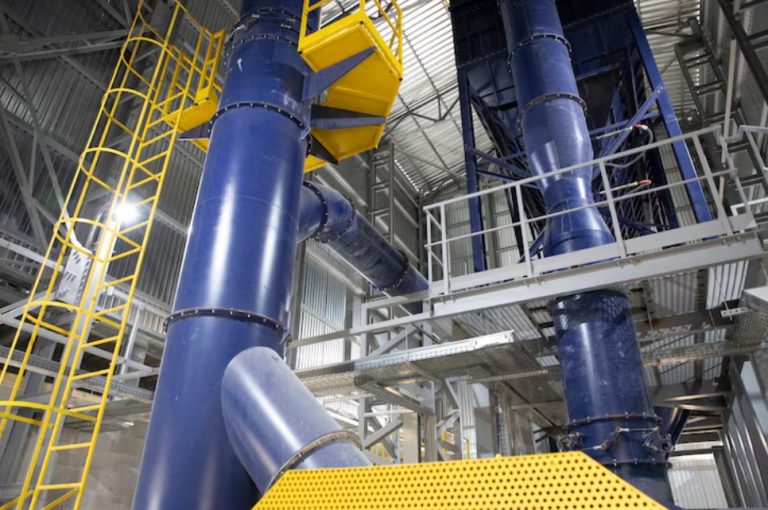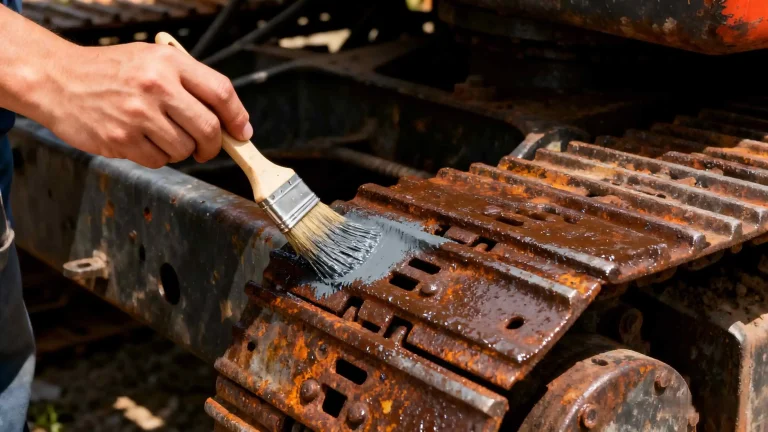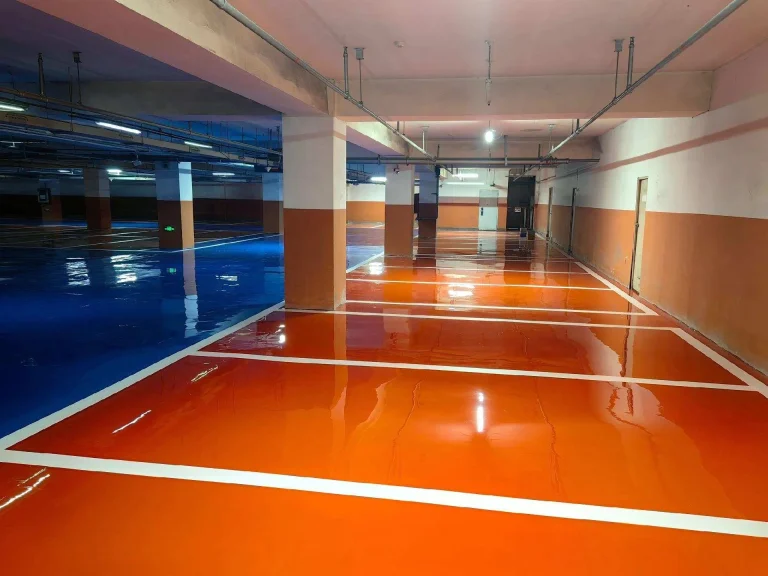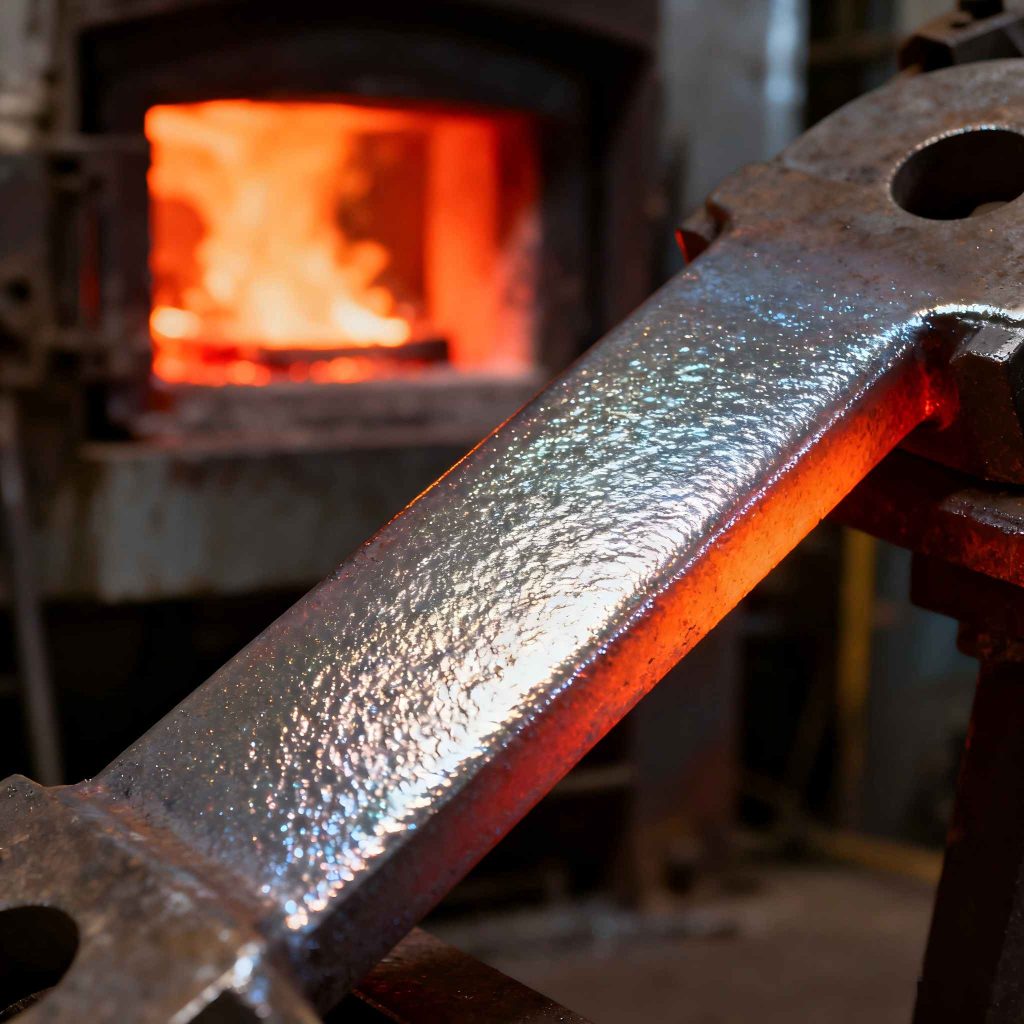
Picture this: It’s a crisp fall evening, and you’ve got friends gathered around the backyard fire pit. The flames dance high, casting that warm glow everyone loves. But underneath it all, the metal grate holding those logs is taking a beating—blazing heat, sparks flying, maybe a splash of rain from an unexpected drizzle. If that grate starts flaking or rusting after a few seasons, the whole vibe sours. That’s where a truly high-performance heat resistant coating steps in. Not just any paint that claims to handle heat, but one that goes beyond temperature to keep things looking sharp and functioning like new.
As someone who’s seen too many “heat-proof” finishes crack under pressure—literally—I’ve learned the hard way that temperature resistance is just table stakes. In industries like home heating and outdoor cooking, where appliances face daily abuse from flames, fumes, and weather, you need coatings that deliver on multiple fronts. We’re talking about properties that ensure longevity, safety, and that satisfying click of quality every time you fire up the grill. In this piece, we’ll dive into the five critical properties that separate the good from the great in heat resistant coatings. Stick around, and you’ll see why settling for less could leave you high and dry—pun intended.
Why Temperature Alone Isn’t Enough for Heat-Heavy Gear
Sure, every heat resistant coating brags about its max temp. “Up to 600°C!” they shout. But here’s the kicker: heat doesn’t work in a vacuum. In real life, your fireplace insert or BBQ burner isn’t just baking in an oven—it’s rattling from vibrations, getting doused in grease splatters, and fading under summer sun. I’ve chatted with fabricators who swear by coatings that bombed because they stuck fine in the lab but peeled off like cheap wallpaper after a month of real use.
Data backs this up. Industry reports from sectors like automotive and appliances show that up to 40% of coating failures stem not from heat alone, but from poor adhesion or environmental wear. Think about a stove grate: It hits 500°C bursts, sure, but it’s also scrubbed with wire brushes and exposed to salty air if you’re near the coast. A coating obsessed with temp might glow red-hot without issue, but if it doesn’t bond or endure the scrub, it’s worthless. That’s why high-performance means holistic protection. Let’s break down those five must-haves.
The 5 Critical Properties That Define True Excellence
No fluff here—these aren’t buzzwords pulled from a spec sheet. They’re battle-tested traits drawn from years of field trials in fiery setups. We’ll unpack each one, with examples from everyday heat warriors like wall furnaces and grill racks.
1. Unmatched Heat Tolerance: The Baseline That Can’t Be Skipped
At its core, a high-performance heat resistant coating has to shrug off extreme temps without batting an eye. We’re talking sustained exposure to 800°C direct flame—think the roar of a gas burner or the steady bake of a wood stove. Organic silicone-based formulas shine here, forming a tough film that doesn’t bubble, crack, or turn brittle.
Take a classic scenario: Coating the interior of a fireplace liner. Without solid heat tolerance, the surface warps after a dozen roaring fires, leading to costly replacements. But with a coating rated for 800°C, it holds steady through seasons of use. One fabricator I know tested batches on exhaust prototypes; the winners kept their jet-black finish even after 200-hour sims at 700°C. Short and sweet: If it can’t take the heat, get it out of the kitchen.
2. Ironclad Adhesion: Sticking Through the Thick and Thin
Adhesion isn’t glamorous, but it’s the glue—literally—that keeps everything together. A top-tier coating bonds molecularly to metal substrates, resisting the shear forces from thermal expansion. Prep matters: Polish to a shine, degrease thoroughly, and you’re golden. Skip it, and you’ll see bubbles forming like bad soda.
In practice, this shines on stove grates. Those cast-iron beasts expand and contract with every boil, but a coating with killer adhesion laughs it off. I’ve seen grates coated poorly lift edges after six months of home cooking; the good stuff? Ten years strong, no touch-ups. Metrics from coating labs peg ideal adhesion at over 5B on the ASTM scale—cross-hatch tests where tape fails before the film does. It’s that quiet hero keeping your gear intact.
3. Battle-Tested Durability: Weathering Wear, Corrosion, and Chaos
Durability’s where the rubber meets the road—or the flame meets the metal. Beyond heat, these coatings fend off chemical corrosion from fuels or cleaners, plus mechanical wear from tools and vibes. Silicone resins pack a punch here, creating a barrier that’s tough as nails yet flexible enough to bend without breaking.
Consider a BBQ grill frame: It’s not just hot; it’s greasy, brushed weekly, and stored damp. A durable coating resists that grind, cutting rust rates by 70% in outdoor trials. One case I recall involved heater housings in coastal homes—salty air should’ve eaten them alive, but the coating’s corrosion shield kept them pristine after two winters. And vibration? Motorcycle exhausts coated this way handle road rumble at 800°C without a flake. It’s durability that turns a seasonal fix into a set-it-and-forget-it win.
| Property Aspect | Common Pitfall | High-Performance Fix | Real-World Payoff |
| Corrosion Resistance | Fades with acidic spills | Silicone barrier blocks acids | Grills stay rust-free year-round |
| Wear Tolerance | Scratches from cleaning | Flexible film absorbs impacts | Fewer repaints, lower downtime |
| Vibration Handling | Cracks from engine shake | Elastic bond holds firm | Exhausts last 50k+ miles |
This table sums it up quick—durability isn’t one thing; it’s a toolkit for chaos.
4. Shield Against the Elements: Water, UV, and Whatever Else
Heat’s bad enough, but pair it with rain or sunlight, and most coatings wave the white flag. Enter elemental shields: Water-repellent formulas that bead up moisture, plus UV blockers that prevent chalking or yellowing. It’s like armor for your appliances against Mother Nature’s curveballs.
Outdoor space heaters are prime examples. Left on patios, they bake by day and soak overnight—without UV and water resistance, the finish dulls fast. Coated right, though, they keep that factory-fresh look through 1,000 wet-dry cycles in accelerated tests. I once watched a demo where untreated metal pitted in weeks under simulated sun and spray; the shielded version? Barely a scuff. In the world of wall furnaces, this means no foggy glass or streaky doors after humid winters. Simple truth: Ignore the elements, and your “heat resistant” setup becomes a weather wimp.
5. Seamless Application and Curing: No-Fuss Performance from the Start
Great coatings flop if they’re a pain to apply. High-performers go on easy—spray, brush, whatever—with even coverage and quick cure times. Bake at 280°C for 15 minutes, or air-dry 24 hours if you’re bootstrapping. Dilute right, layer light, and boom: Pro results without the hassle.
For a burner head in a busy fab shop, this means downtime drops. Coat mid-shift, cure overnight, back in production by morning. I’ve heard stories of crews ditching finicky paints for ones that “just work,” slashing labor by half. And the payoff? Consistent thickness means uniform protection—no weak spots inviting failure. It’s that fifth property rounding out the package: Performance you can actually deploy.
Putting It All to Work: Heat Resistant Coatings in the Heat of the Moment
These properties don’t live in theory—they thrive in the trenches. Fireplaces get a cozy upgrade: Liners coated for 800°C stay soot-free, extending life by years and cutting emissions with smoother burns. BBQ grills? Frames that laugh at flare-ups, keeping that sear without the sear on your wallet from repairs.
Gas stove grates tell a gritty tale. Coated for adhesion and durability, they shrug off daily scrubs and spills, outlasting stock finishes 3-to-1 in home tests. Wall furnaces and space heater shells? They handle the hum of winter warmth without chalky buildup, even in drafty garages. And don’t get me started on furnace burners—those hotspots where heat tolerance meets elemental grit. One shop owner shared how switching coatings halved their warranty claims; turns out, a little upfront smarts pays big later.
Of course, every setup’s got its quirks. Like that one rainy cookout where the grill held up, but the side table didn’t—reminder that coatings fix what they touch, not the whole yard.
Introducing Konaz: Your Go-To Supplier for Heat Resistant Coatings
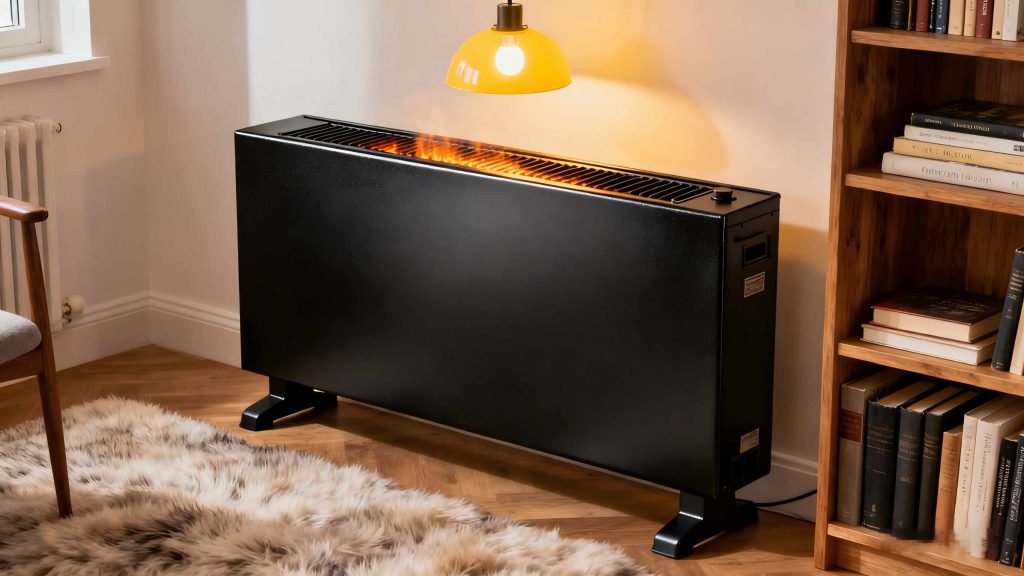
When it comes to sourcing these game-changers, Foshan Konaz Technology Co., Ltd. stands out as a powerhouse in functional coatings. With a sprawling 3,000-square-meter facility humming with over 30 cutting-edge machines, they crank out 1,000 tons annually, shipping worldwide to keep industries firing on all cylinders. Konaz zeros in on heat-resistant solutions that hit 800°C without a hitch—no peeling, no fading, just rock-solid protection tailored for appliances and beyond.
What sets them apart? It’s the blend of innovation and real-talk reliability. Whether you’re outfitting BBQ lines or furnace fabs, their organic silicone formulas deliver on adhesion, durability, and that elemental shield, all while keeping things straightforward for your crew. Partners rave about the custom tweaks and quick turns—because in this game, downtime’s the real enemy. If you’re hunting for coatings that perform like they should, Konaz has your back.
Wrapping It Up: Heat Up Your Expectations
There you have it—the blueprint for what makes a heat resistant coating truly high-performance. Beyond temperature, it’s this quintet of properties that turns vulnerable metal into tough-as-nails gear, ready for flames, fumes, and foul weather. Whether you’re kitting out a cozy hearth or a backyard beast, investing here means fewer headaches and more memorable moments around the heat. Next time you spark up, remember: The best protection isn’t just hot—it’s smart.
Frequently Asked Questions
What makes a heat resistant coating go beyond temperature in real applications?
It boils down to handling the full chaos—like vibrations on a stove grate or UV hits on an outdoor heater. A truly high-performance one layers in adhesion and durability so it doesn’t just survive the heat but thrives through the daily grind.
How do the 5 critical properties show up in something like a BBQ grill?
Take heat tolerance for flare-ups, adhesion to stick through grease, durability against brushes, elemental shields for rainy days, and easy application to keep your fab line moving. Together, they mean a grill that looks new after summers of sizzle.
Can I apply a high-performance heat resistant coating without fancy equipment?
Absolutely—brush it on if spraying’s not your jam, just dilute right and layer thin. Cure with a quick bake or let it air out overnight. It’s designed for shops big and small, cutting the fuss so you focus on the fire.
What’s the biggest mistake folks make with heat resistant coatings on fireplaces?
Skipping surface prep, hands down. Dust or oil sneaks in, and adhesion tanks—leading to peels mid-season. Polish clean, degrease, and you’re set for that 800°C glow without the drama.
How long does a truly high-performance heat resistant coating last on a space heater shell?
In typical home use? Easily 5-10 years, shrugging off cycles of heat and chill. Field tests show no chalking or rust, even in humid spots—way outpacing basic paints that flake by year two.

